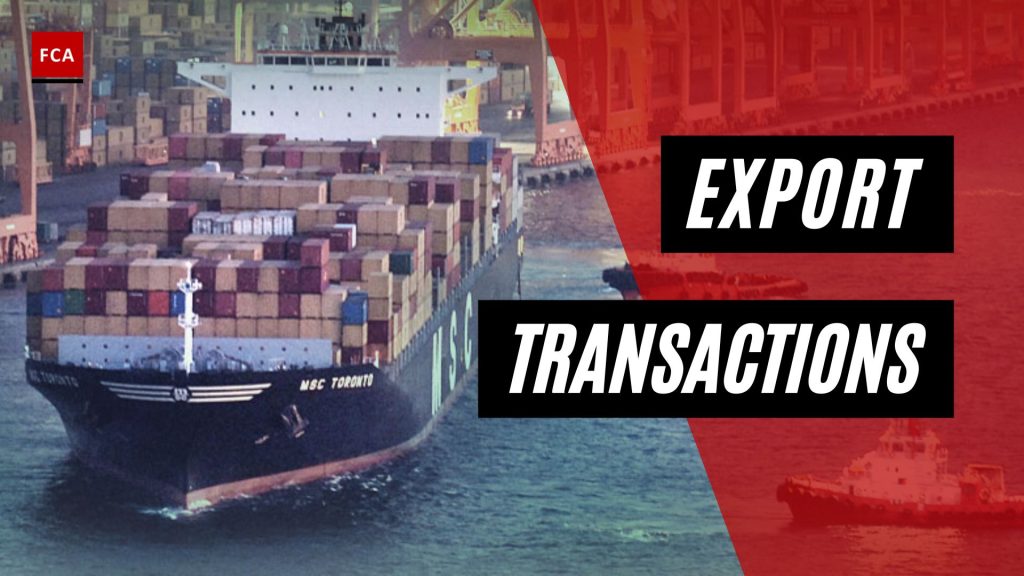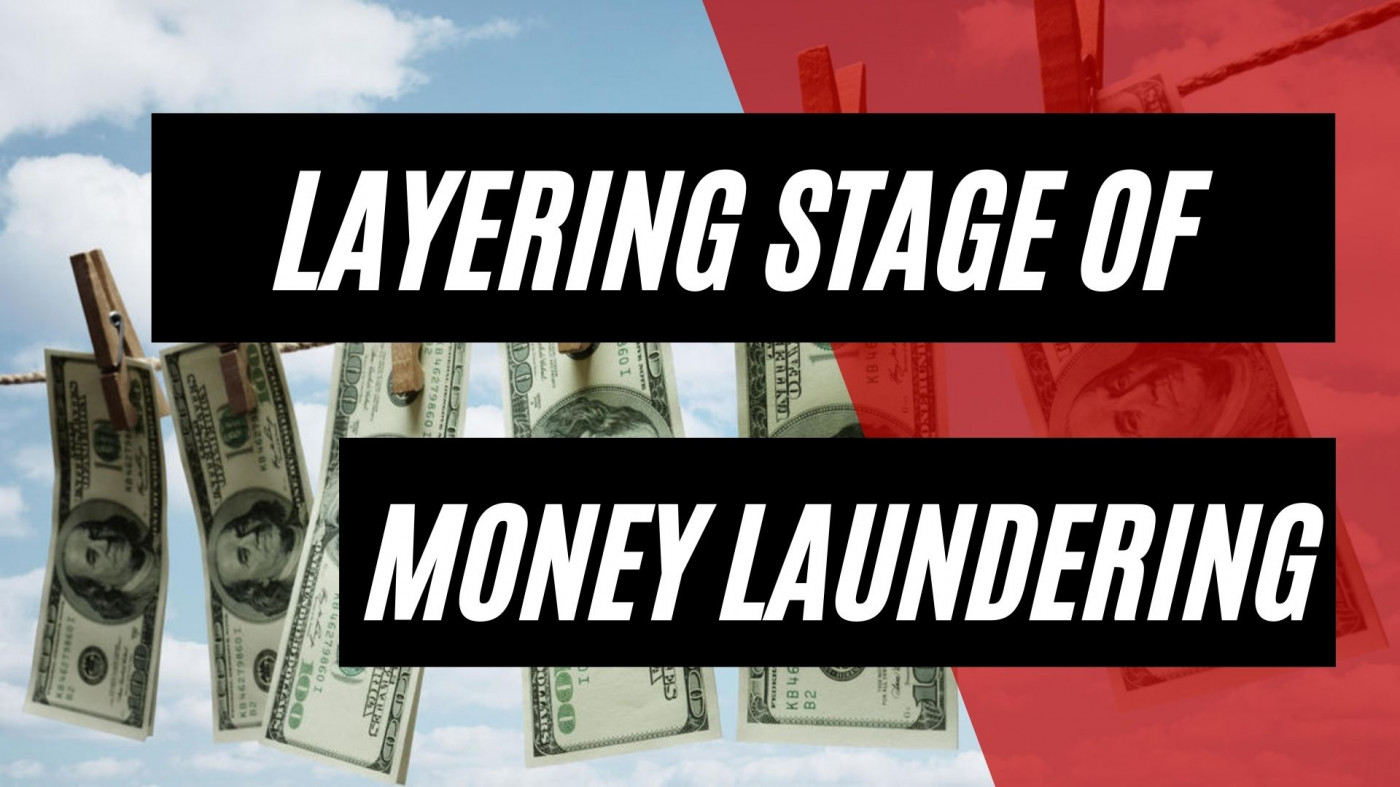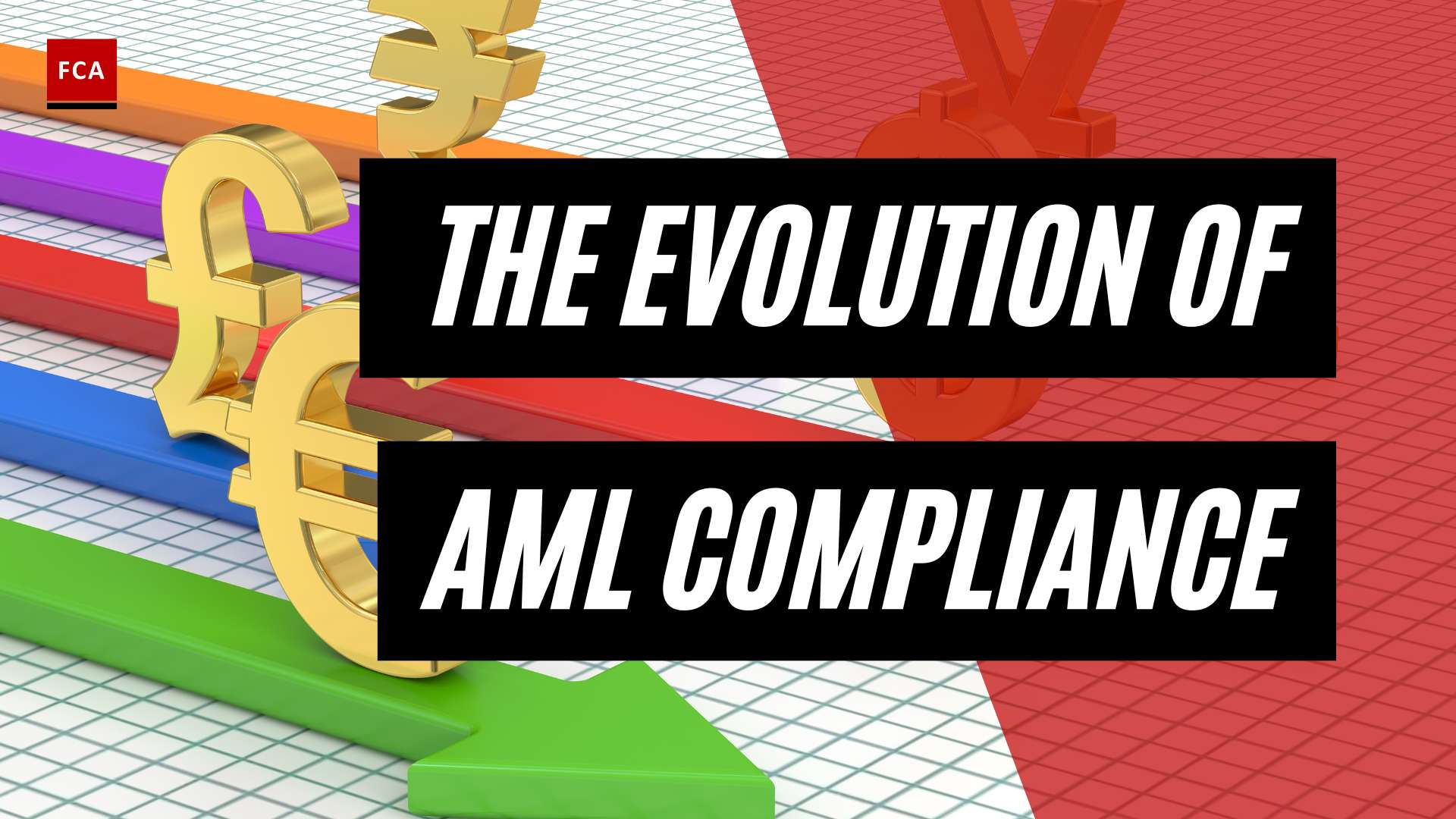Export transactions refer to the process of selling goods or services to a foreign country. It involves various stages, including negotiating contracts, shipping goods, and receiving payments in foreign currencies. Export transactions are vital for businesses to expand their markets and increase revenue.
International trade involves a range of risks for the parties involved, which leads to uncertainty over the timing of payments between the exporter and importer. This creates tension along the supply chain, which can negatively affect the importer and exporter.
Trade financing has adapted to address this tension while supporting the global marketplace’s growth. As such, there are five methods of payment for international transactions. These are ranked in terms of preference for the importer or exporter, so the least preferable method for the importer is usually cash in advance, as they must pay the exporter ahead of receiving the goods, but this is the preferable method for the exporter.
Contributors noted open account and documentary collections as the most prominent in their TBML analysis and investigation activities. The Wolfsberg Group noted approximately 80% of the international trade that financial institutions process is open account trading. As this overview does not reference other types of trade finance, this does not mean they are not exploited in TBML. Nevertheless, as a method for systematically disguising the proceeds of crime, an importer routinely paying cash in advance is likely to arouse the suspicion of authorities or financial institutions.
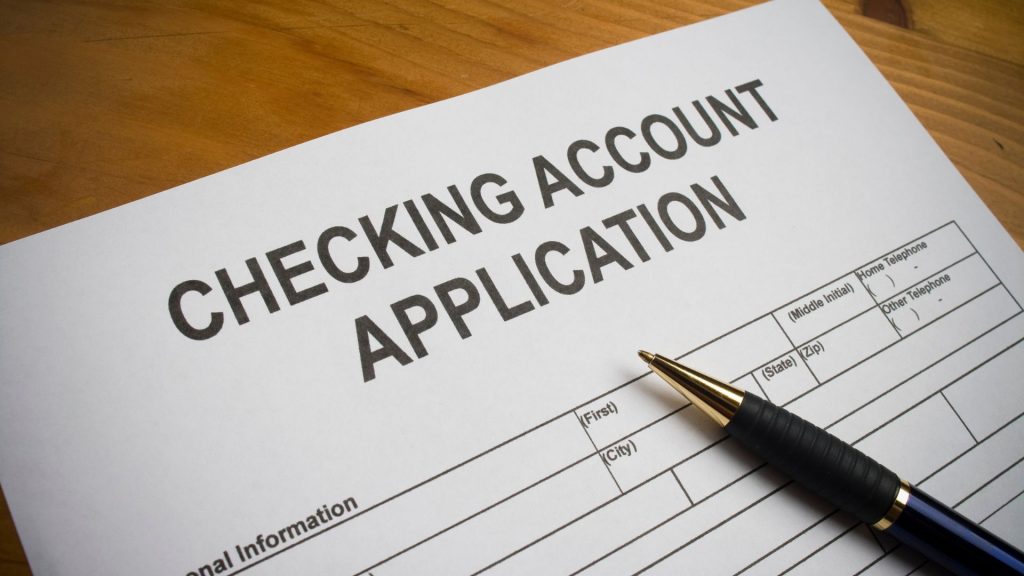
Export Transactions – Open Account
The United Nation’s Trade Facilitation Implementation Guide notes that an “open account transaction is a sale where the goods are shipped and delivered before payment is due.”
Payment is usually made within a set time, between 30 and 90 days, after receipt of the good or service. TBML schemes frequently involve this method because FIs have a reduced role, meaning less oversight than the documentary collection process. Financial institutions may struggle to consistently assess the customer’s operations’ legitimacy. The issue described it as “creating a disconnect between the movement of the underlying trade and the money used to finance it.” This disconnect is then exploited by criminals, such as terrorist financiers, using specific loopholes in a compartmentalized fashion, mitigating their risk exposure.
The complexity may be added by using third-party intermediaries in multiple jurisdictions to `frustrate law enforcement detection and disruption. Open account trading is a fundamental part of the global trading process. Therefore, the potentially easy answer of increasing regulation of open account trading is not logistically or economically viable.
The highlight of existing and newer initiatives that may increase opportunities to spot ML or TF exploitation setting out compliance procedures for open account trading, need to be understood and applied by financial institutions for TBML detection.
Export Transactions – Documentary Collections
In a documentary collection, the exporter requests payment by presenting shipping and collection documents for the traded goods to its financial institutions. The financial institution then forwards these documents to the importer’s financial institution, which transfers the funds to the exporter’s financial institutions, which will subsequently credit those funds to the exporter. A perceived increase in the role of financial institutions is limited as they do not necessarily verify the documents. The documents are not standardized, increasing the risk of TBML exploitation through fictitious or false invoicing.
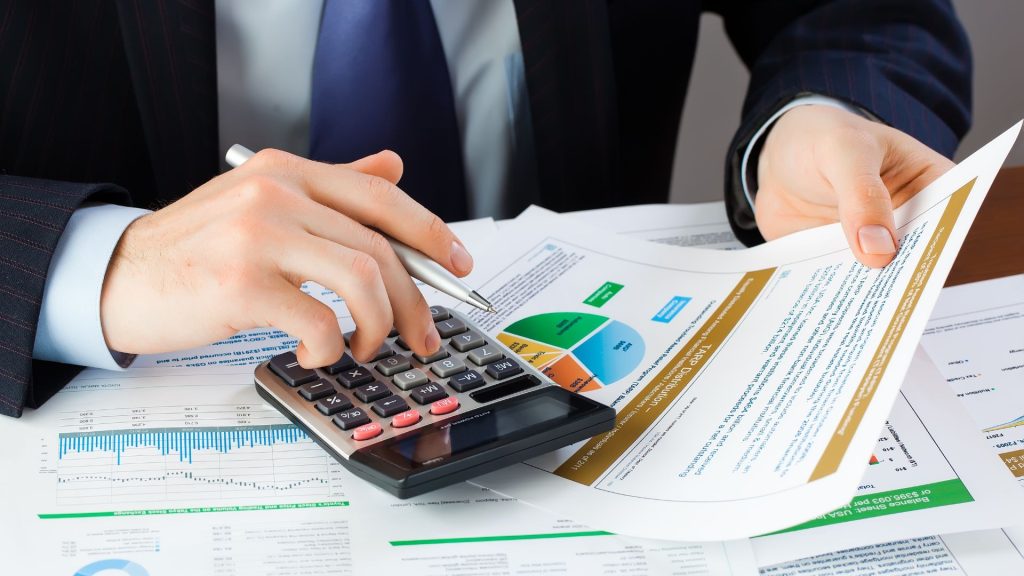
However, when these documents can be checked and assured, certain data points can be used to spot TBML, including:
- Use of a personal email address instead of a legitimate business email.
- Subject to a financial institution’s data storage capabilities, the obvious recycling of previous documentation with few or no edits, including something as basic as the date.
- The complete lack of any trading presence of the exporter, following research by the financial institutions. This includes using residential rather than business premises for exporters providing significant quantities of goods.
Final Thoughts
Export transactions are the process of selling goods or services from one country to another. Two common methods of export transactions are open account and documentary collections. Open account is a payment method where the exporter ships the goods to the importer and invoices them for payment at a later date. In this method, the exporter assumes the risk of non-payment by the importer. Open account is often used when the exporter and importer have an established relationship and trust each other.
On the other hand, documentary collections are a payment method where the exporter ships the goods to the importer and sends the shipping and payment documents through their respective banks. The importer’s bank releases the shipping documents to the importer once payment is made or accepted. This method provides some level of protection to the exporter as the bank acts as an intermediary between the exporter and importer.
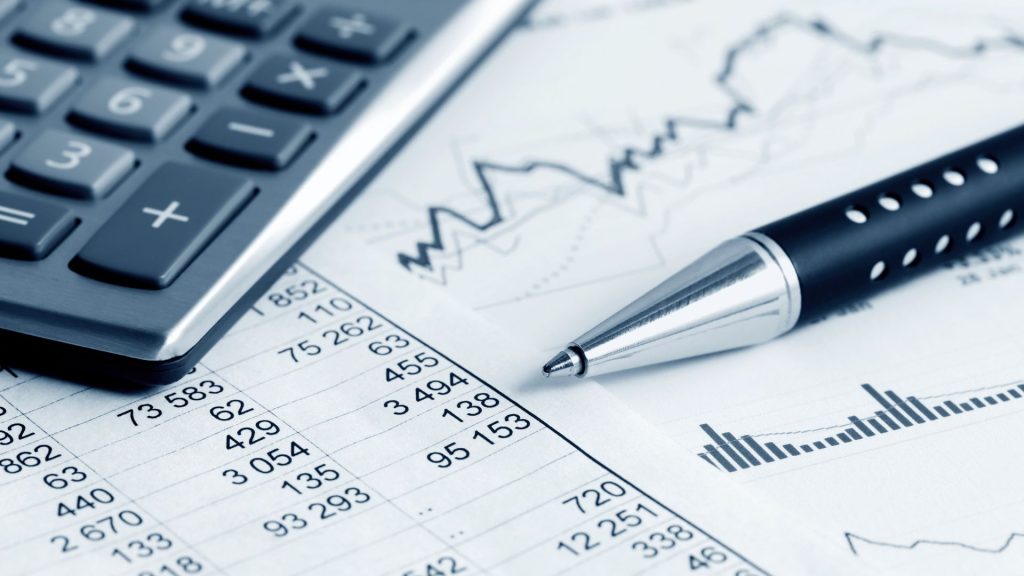
In summary, open account and documentary collections are two different payment methods used in export transactions. Open account is based on trust between the exporter and importer while documentary collections provide some level of protection to the exporter through the involvement of banks.

